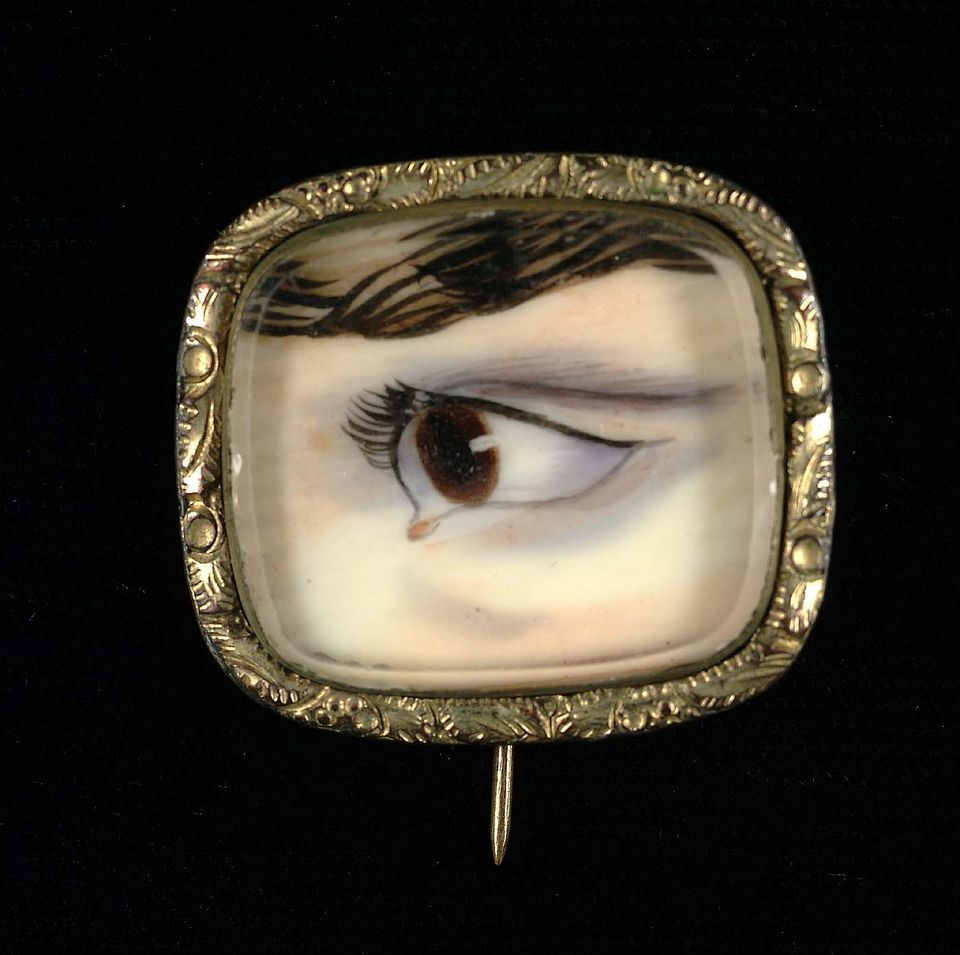
This post is part of an ongoing series on Eye Level: The Best of Ask Joan of Art. Begun in 1993, Ask Joan of Art is the longest-running arts-based electronic reference service in the country. The real Joan is Kathleen Adrian or one of her co-workers from the museum’s Research and Scholars Center. These experts answer the public's questions about art. Earlier this year, Kathleen began posting questions on Twitter and made the answers available on our Web site.
Question: A friend told me about an exhibition she had seen a few years ago of small paintings of eyes. I can't find any information on these "eye" paintings. Have you heard of this genre? Where could I find out more about these works?
Answer: The demand for miniature portraits detailing an eye as a symbol of love took hold during the late eighteenth century and continued through the early nineteenth century until the advent of photography. The idea of using a part of the body to stand for the whole was widely employed in the painting of miniatures. Because of their intimacy, they were considered private tokens and associated with sentimental and memorial art.
The gift of an eye miniature from one lover to another was meant to remain a secret, and documented examples are rare. Probably the most famous is Mrs. Fitzherbert's Eye, which was painted by Richard A. Cosway as a love token for the Prince of Wales (later George IV). Maria Fitzherbert’s eye portrait, set within a locket, was worn by the prince as a memento of her love.
Robin Jaffee Frank wrote in her book Love and Loss: American Portrait and Mourning Miniatures: "This was the catalyst that began the popularity of lover’s eyes. From its inception, the very nature of wearing a miniature painting of an eye is a personal one and a statement of love by the wearer. Not having marks of identification, the wearer and the piece are intrinsically linked, just as the miniature itself is linked to both painting and the decorative arts."
There are seven miniature paintings depicting eyes in the collection of the Smithsonian American Art Museum. All are on display in our Luce Foundation for American Art.


















